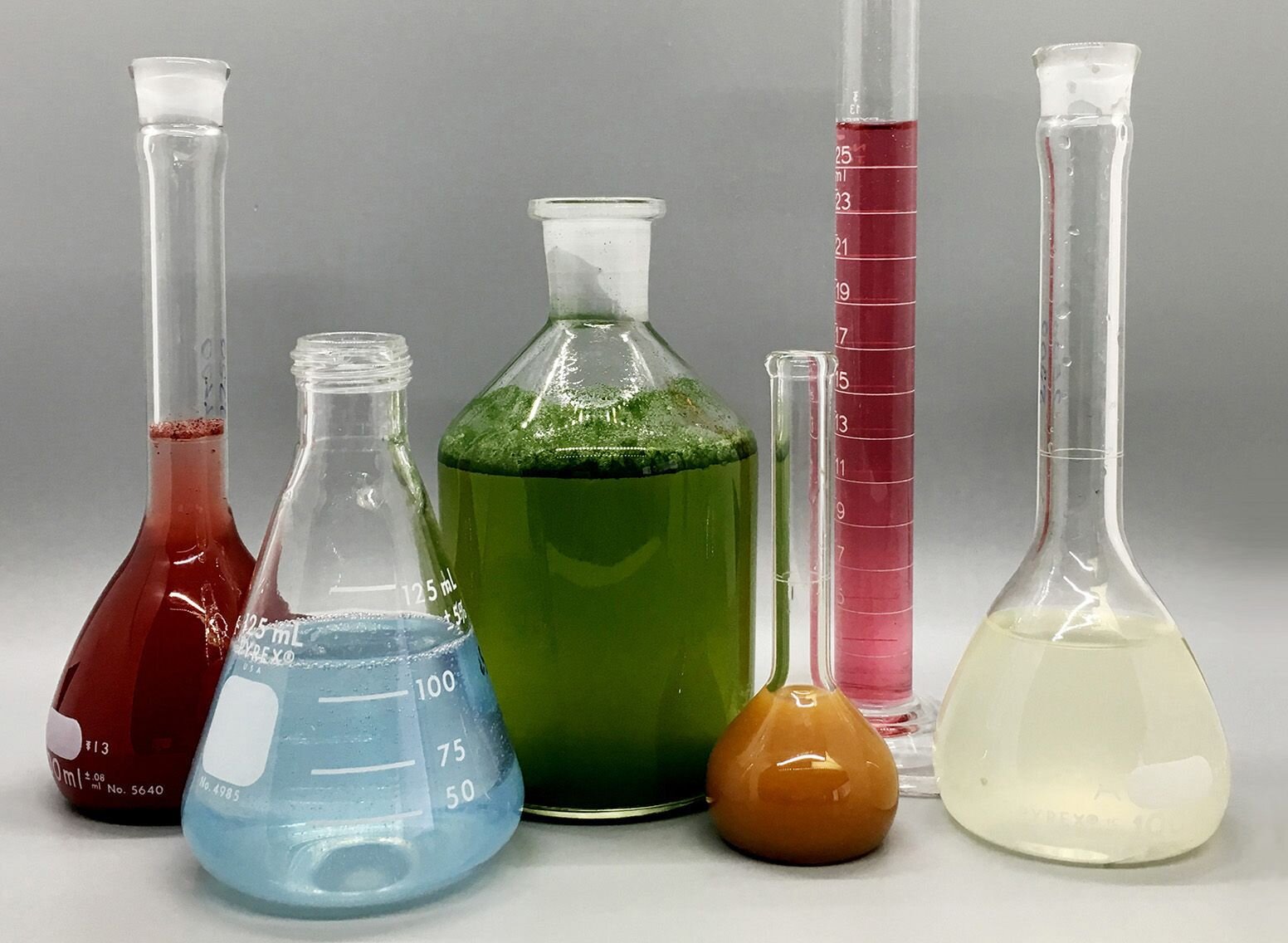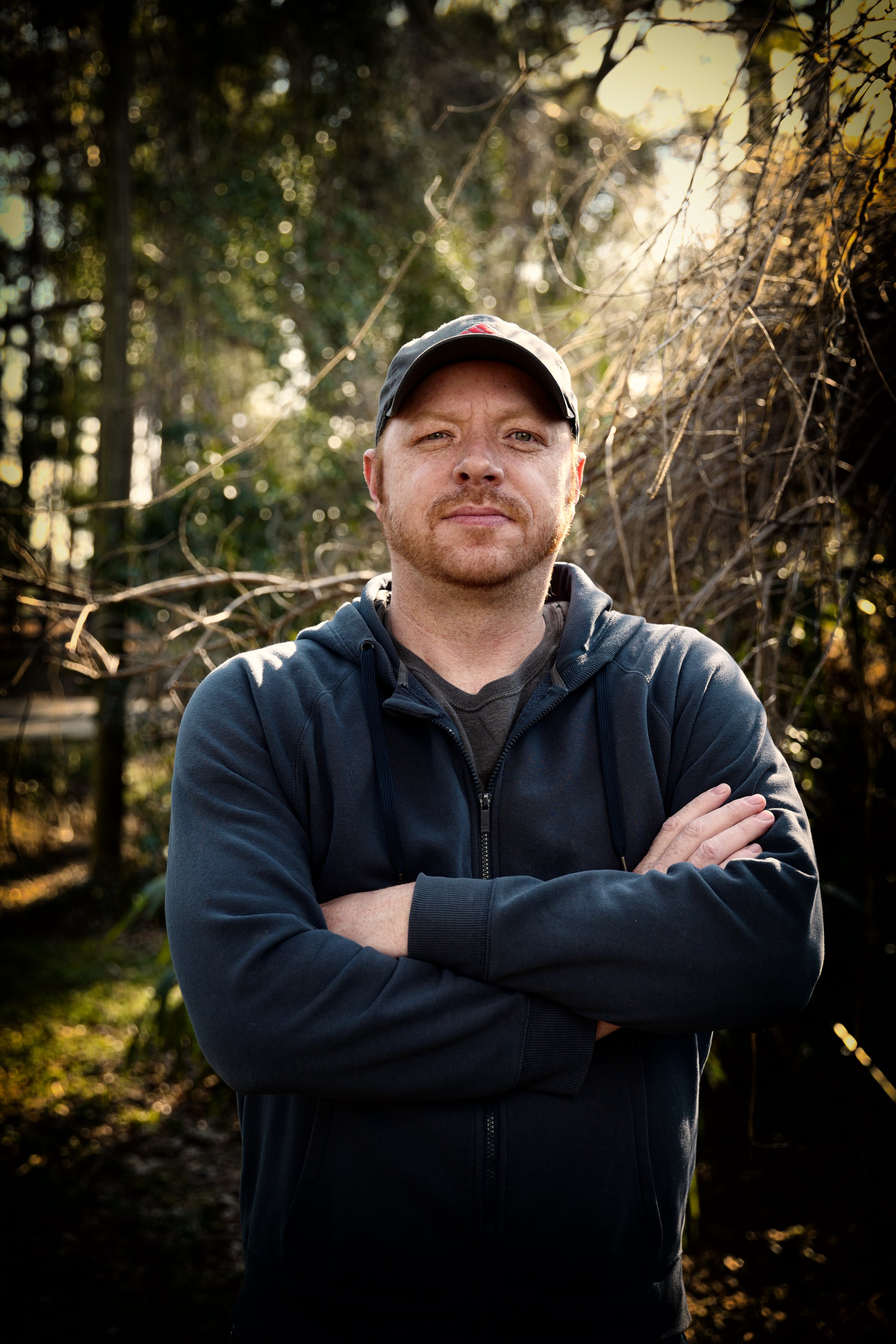Uv/vis Can Be Fun For Everyone
Uv/vis Can Be Fun For Everyone
Blog Article
The Ultimate Guide To Circular Dichroism
Table of ContentsSome Ideas on Uv/vis/nir You Need To Know7 Simple Techniques For Circular DichroismRumored Buzz on Uv/visOur Circularly Polarized Luminescence StatementsSpectrophotometers for Dummies

Spectrophotometry is a tool that hinges on the quantitative analysis of particles depending on how much light is taken in by colored compounds.
The Best Strategy To Use For Uv/vis/nir
A spectrophotometer is commonly utilized for the measurement of transmittance or reflectance of solutions, transparent or opaque solids, such as refined glass, or gases. Although numerous biochemicals are colored, as in, they soak up noticeable light and therefore can be measured by colorimetric procedures, even colorless biochemicals can often be transformed to colored compounds suitable for chromogenic color-forming reactions to yield substances appropriate for colorimetric analysis.: 65 However, they can also be created to determine the diffusivity on any of the listed light varieties that generally cover around 2002500 nm utilizing different controls and calibrations.
An example of an experiment in which spectrophotometry is used is the decision of the stability constant of a solution. A specific chemical response within a service may happen in a forward and reverse direction, where reactants form items and items break down into reactants. At some time, this chemical response will reach a point of balance called an equilibrium point.
More About Spectrophotometers
The amount of light that goes through the option is a sign of the concentration of specific chemicals that do not allow light to go through. The absorption of light is due to the interaction of light with the electronic and vibrational modes of particles. Each type of molecule has a private set of energy levels related to the makeup of its chemical bonds and nuclei and therefore will take in light of particular wavelengths, or energies, resulting in unique spectral properties.
They are commonly utilized in many industries consisting of semiconductors, laser and optical manufacturing, printing and forensic examination, as well as in laboratories for the research study of chemical substances. Spectrophotometry is often utilized in measurements of enzyme activities, determinations of protein concentrations, determinations of enzymatic kinetic constants, and measurements of ligand binding reactions.: 65 Ultimately, a spectrophotometer is able to figure out, depending on the control or calibration, what substances are present in a target and exactly how much through estimations of observed wavelengths.
This would come as an option to the previously created spectrophotometers which were unable to absorb the ultraviolet properly.
9 Easy Facts About Uv/vis/nir Described
It would be found that this did not provide satisfying outcomes, for that reason in Model B, there was a shift from a glass to a quartz prism which enabled much better absorbance results - UV/Vis (https://www.artstation.com/julieanndesalorenz1/profile). From there, Design C was born with a change to the wavelength resolution which ended up having three systems of it produced
It irradiates the sample with polychromatic light which the sample absorbs depending upon its residential or commercial properties. Then it is sent back by grating the photodiode selection which detects the see this website wavelength region of the spectrum. Considering that then, the development and execution of spectrophotometry devices has increased immensely and has actually become one of the most ingenious instruments of our time.

The smart Trick of Spectrophotometers That Nobody is Talking About
The grating can either be movable or repaired.
In such systems, the grating is fixed and the intensity of each wavelength of light is measured by a different detector in the range. When making transmission measurements, the spectrophotometer quantitatively compares the portion of light that passes through a referral option and a test option, then digitally compares the strengths of the two signals and calculates the portion of transmission of the sample compared to the reference standard.

Report this page